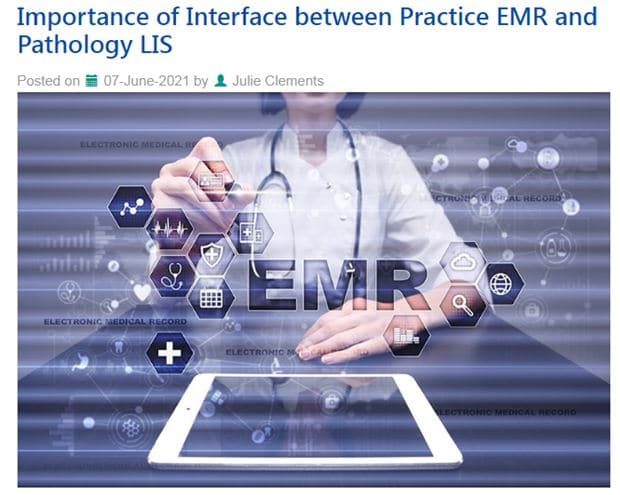Virtual care or telehealth service is rapidly gaining popularity in the healthcare industry, which allows patients to seek medical advice and receive prescriptions through flexible channels from a medical practitioner without leaving the comforts of their home. The evolution of virtual doctor significantly helps in quick access to medical care, improves chronic diseases management, and ensures cost-effectiveness. E-visits help parents of children and older patients avoid traveling to the hospital, and save both time and money.  Virtual visits are very useful for urgent care; these can truly provide an initial medical assessment of any injury or any temporary problems such as acne, tick bites, sinus, seasonal allergies, eye irritation, and strains and sprains that are clearly not life-threatening. With increase in the use of telemedicine and virtual visits, there will also be a consequential increase in the trend of outsourcing medical transcription for telemedicine.
Virtual visits are very useful for urgent care; these can truly provide an initial medical assessment of any injury or any temporary problems such as acne, tick bites, sinus, seasonal allergies, eye irritation, and strains and sprains that are clearly not life-threatening. With increase in the use of telemedicine and virtual visits, there will also be a consequential increase in the trend of outsourcing medical transcription for telemedicine.
Studies show that majority of patients and clinicians perceive no loss of communication when using virtual visits or e-visits as compared to traditional office visits. Only one-quarter of the consults typically result in a referral to the emergency department. A specialist or primary care doctor can direct the patient to the right facility through telemedicine. This helps in resolving urgent cases like wound lacerations, respiratory infections etc, even when the office is closed. Virtual visits are considered convenient and affordable, and also help in providing an effective diagnosis regardless of the specialists’ location. However, these cannot completely replace the existing healthcare continuum as yet because most of the e-visits are done for primary care or follow-up services of chronic conditions. Dermatology e-visits are also done by sending a close-up photo of the area. If the e-visits are providing high-quality care, more patients will demand it.
There are some legal challenges that physicians face when using telemedicine. In a 24/7 virtual clinic, majority of consults are done by videoconferencing to treat dozens of common issues. In order to capture the information for electronic medical records, physicians need to make sure if their systems are secure and HIPAA-compliant. Before instituting a telemedicine service, physicians should check with their liability insurers. Insurance claims for treatment of minor illnesses which were done through e-visits will be reimbursed. All private health plans, Department of Veterans Affairs, Medicaid, and Medicare now cover some e-visits. More health centers and hospitals are launching virtual health centers because the costs of virtual visits are less than in-person visits. However, according to health economists, e-visits could add costs rather than limit them if doctors and patients schedule e-visits unnecessarily.
The virtual care impact has made patient care more reliable than ever before and has simplified the consultation process. Doctors and consult experts from around the world can analyze detailed patient history and research conditions, even in the absence of any sophisticated medical facilities. There is no doubt patients also value the quality time they get with the doctor without having to travel all the way to the provider’s location. Researches show a large majority of patients rating virtual visits at 9 or 10 on a 10-point scale. This suggests that not seeing a doctor face-to-face may not after all, significantly impact the quality of care. For patients who live in remote locations and those who don’t have to visit a physician frequently, telemedicine and virtual visits could be really beneficial. Virtual visits are not appropriate for all patients in all situations, that is true. However, clinicians agree that virtual visits are better than office visits when it comes to scheduling of patient appointments and improving efficiency.
Medical transcription services for telemedicine, which would reduce the documentation burden on physicians, could also gain increasing popularity in the coming years if telemedicine/virtual care is adopted more widely across the healthcare spectrum.


